In the ever-evolving world of digital printing, Direct-to-Film (DTF) printing has emerged as a revolutionary technology that is transforming the way we produce personalized and high-quality prints. DTF printing combines the precision of digital printing with the versatility of various substrates, making it an attractive option for both industrial and personal printing needs. But what exactly is DTF printing? Let’s delve into its core concepts, process, advantages, and applications.
Understanding DTF Printing
DTF printing, short for Direct-to-Film printing, is a modern printing method that utilizes a specialized film to transfer high-quality prints onto different materials. Unlike traditional printing techniques, such as screen printing or heat transfer, DTF printing bypasses the need for complex setups and intermediaries. Instead, it leverages a digital workflow to produce precise, vibrant, and durable prints.
The process involves applying ink to a special polyester film, which is then coated with a layer of adhesive powder. Once the design is printed and the adhesive is applied, the film is pressed onto the desired substrate (such as textiles, ceramics, or plastics) and heated to transfer the print. This method ensures that the design adheres flawlessly to the surface, offering exceptional durability and color reproduction.
The DTF Printing Process
The DTF printing process can be broken down into a few key steps:
- Preparation of the Film: The printing process begins with a lightweight polyester film, which serves as the base for creating the design. This film is durable yet flexible, making it suitable for transferring prints to a variety of surfaces.
- Digital Printing: The design is printed onto the film using a DTF printer, which applies ink in precise layers. These printers use advanced inkjet technology to ensure vibrant colors and sharp details, delivering professional-quality results.
- Application of Adhesive Powder: After the ink is printed, a layer of adhesive powder is evenly spread over the film. This powder adheres to the ink, creating a bond that ensures the design remains intact during the transfer process.
- Heating and Transfer: The film is then placed on the desired substrate (e.g., a T-shirt, mug, or bag). A heat press machine is used to apply pressure and heat, melting the adhesive powder and firmly bonding the design to the material.
- Cleaning and Finishing: Once the transfer is complete, any excess adhesive powder is removed, leaving behind a clean and flawless print. The result is a durable, vibrant design that withstands washing and wear.
Advantages of DTF Printing
DTF printing offers several advantages over traditional printing methods, making it a preferred choice for many businesses and individuals. Here are some of the key benefits:
- Versatility: DTF printing can be used on a wide range of materials, including textiles, plastics, ceramics, and more. This makes it suitable for applications such as custom apparel, home decor, promotional products, and industrial uses.
- Cost-Effectiveness: Compared to other printing methods, DTF printing is often more affordable, especially for small to medium-sized batches. The digital workflow eliminates the need for expensive screens, plates, or setup costs.
- High-Quality Results: The use of advanced inkjet technology ensures that prints are vibrant, detailed, and long-lasting. Designs retain their color and sharpness, even after multiple washes or exposure to sunlight.
- Eco-Friendliness: DTF printing is a sustainable option, as it uses water-based inks and minimizes waste. The process is efficient and reduces the environmental impact associated with traditional printing methods.
- Short Turnaround Times: The digital nature of DTF printing allows for quick production times. Designs can be created and printed in a matter of hours, making it ideal for fast-paced industries and on-demand printing.
Applications of DTF Printing
The versatility of DTF printing makes it suitable for a wide range of applications:
- Custom Apparel: DTF printing is widely used to create personalized T-shirts, hoodies, hats, and other clothing items. Its ability to produce intricate designs and vibrant colors makes it a popular choice for fashion brands and small businesses.
- Promotional Products: Companies use DTF printing to create branded merchandise, such as mugs, tote bags, and keychains. These items serve as effective marketing tools and leave a lasting impression on customers.
- Home Decor: DTF printing allows for the creation of unique home decor items, such as throw pillows, wall art, and decorative ceramics. Its ability to handle complex designs makes it a creative outlet for artists and designers.
- Industrial Uses: In industrial settings, DTF printing is used for labeling, signage, and technical applications. Its durability ensures that prints withstand harsh conditions and long-term use.
Why Choose DTF Printing?
DTF printing represents the future of digital printing, offering a blend of quality, efficiency, and affordability. Its ability to produce high-quality prints on a variety of materials makes it a versatile solution for businesses and individuals alike. Whether you’re looking to create custom apparel, unique promotional items, or industrial products, DTF printing provides the tools and flexibility to bring your ideas to life.
As the demand for personalized and durable prints continues to grow, DTF printing stands out as a technology that balances creativity with practicality. By embracing this innovative method, you can elevate your printing projects and stay ahead in an evolving industry.
